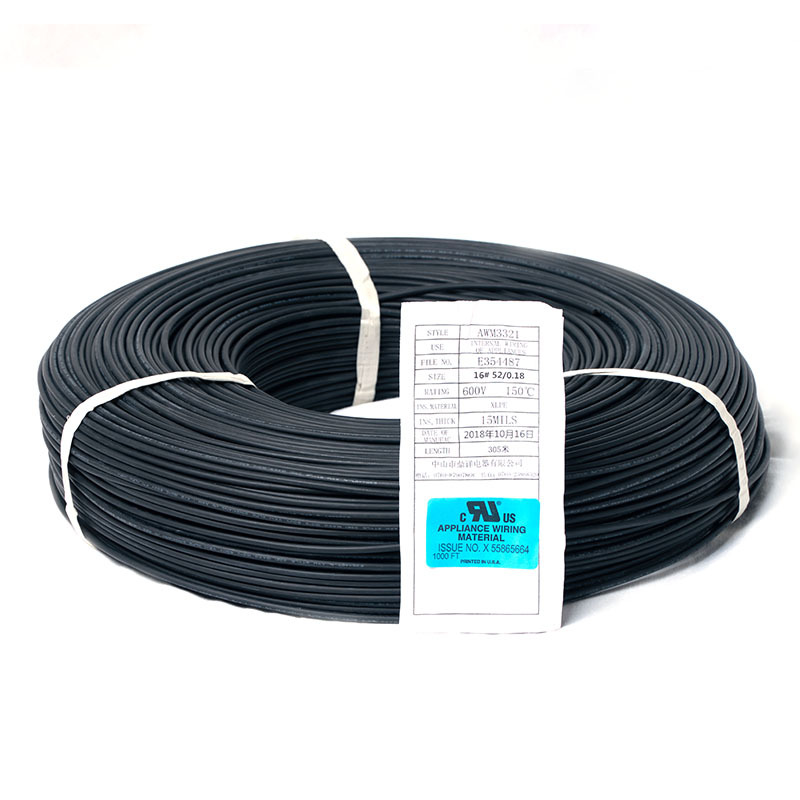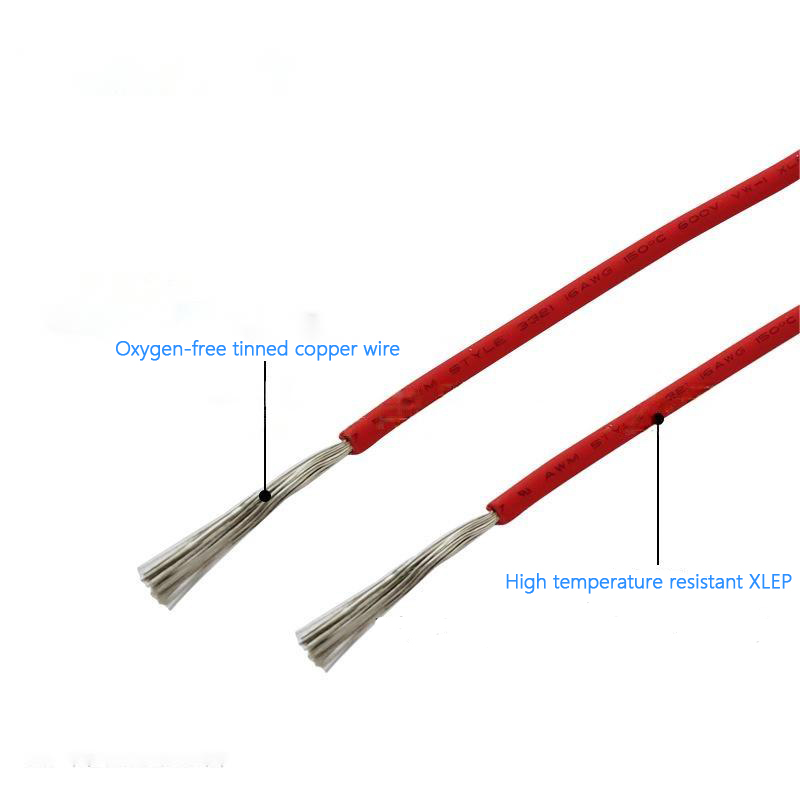Copper electrical wire plays a crucial role in powering our modern world, delivering electricity to homes, businesses, and industries. Ever wondered how this essential component is made in factories? In this article, we'll take a detailed look at the manufacturing process of copper electrical wire, from raw materials to finished product, highlighting key stages and considerations along the way.
1. Raw Material Selection
The process begins with the selection of high-quality raw materials. Copper, known for its excellent conductivity and durability, is the primary material used in electrical wire manufacturing. Copper wire factories source copper in the form of raw copper ore, which is processed to extract pure copper metal. This metal is then formed into ingots or billets, ready for further processing.
2. Wire Drawing
Once the raw copper material is prepared, it undergoes a process known as wire drawing. Wire drawing involves pulling the copper through a series of dies or drawplates to reduce its diameter and increase its length. This process is repeated multiple times until the desired diameter is achieved, resulting in a long, continuous strand of copper wire.
3. Annealing
After wire drawing, the copper wire undergoes annealing, a heat treatment process that improves its ductility and conductivity. The wire is heated to a specific temperature and then slowly cooled, allowing the copper crystals to rearrange themselves and relieve internal stresses. This results in a softer, more malleable wire that is easier to work with during subsequent manufacturing processes.
4. Stranding
In many cases, copper electrical wire is composed of multiple strands of wire twisted or braided together. This process, known as stranding, increases the wire's flexibility and strength, making it more suitable for various applications. The number of strands and the configuration of the stranding can vary depending on the desired characteristics of the final wire product.


5. Insulation
Once the copper wire has been stranded, it is typically insulated to protect it from environmental factors and prevent electrical hazards. Insulation materials may include PVC (polyvinyl chloride), XLPE (cross-linked polyethylene), or other specialized materials designed for specific applications. The insulation is applied to the wire using extrusion or wrapping processes, ensuring complete coverage and adhesion to the wire surface.
6. Jacketing
In some cases, an additional outer layer, or jacket, may be applied to the insulated wire for further protection and durability. The jacketing material is chosen based on factors such as environmental conditions, mechanical strength requirements, and regulatory standards. Common jacketing materials include PVC, nylon, and polyethylene, among others.
7. Testing and Quality Control
Throughout the manufacturing process, rigorous testing and quality control measures are implemented to ensure that the finished copper electrical wire meets industry standards and specifications. This includes testing for electrical conductivity, insulation resistance, mechanical strength, and adherence to dimensional tolerances. Any wire that does not meet the required criteria is rejected or reworked to correct any issues.
8. Packaging and Distribution
Once the copper electrical wire has passed all quality control checks, it is packaged and prepared for distribution to customers. Wire reels or spools are commonly used for packaging, providing convenient storage and transportation options for end users. Electric cable wire suppliers and manufacturers work closely with distributors and retailers to ensure timely delivery of products to meet customer demand.
In conclusion, the manufacturing process of copper electrical wire is a precise and carefully controlled series of steps designed to produce high-quality products that meet the demands of modern electrical applications. From raw material selection to packaging and distribution, every stage of the process is meticulously executed to ensure the integrity and performance of the final wire product. As essential components in electrical systems worldwide, copper electrical wires manufactured in factories play a vital role in powering our daily lives.


